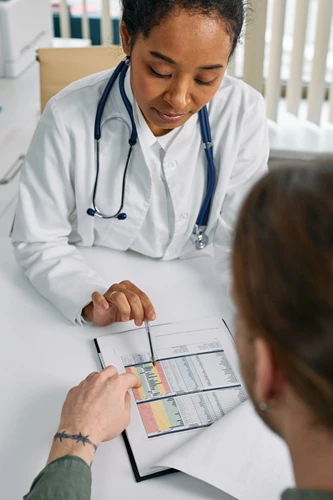Save 20%!
Right now, get SWTP's online practice exams at a reduced price. Just $39. Get additional savings when buying more than one exam at a time-- less than $30 per exam!
Keep going till you pass. Extensions are free.
To receive our free study guide and get started!

 From the ASWB exam content outline, a door into a whole world of info you might be expected to know: Basic medical terminology.
From the ASWB exam content outline, a door into a whole world of info you might be expected to know: Basic medical terminology.